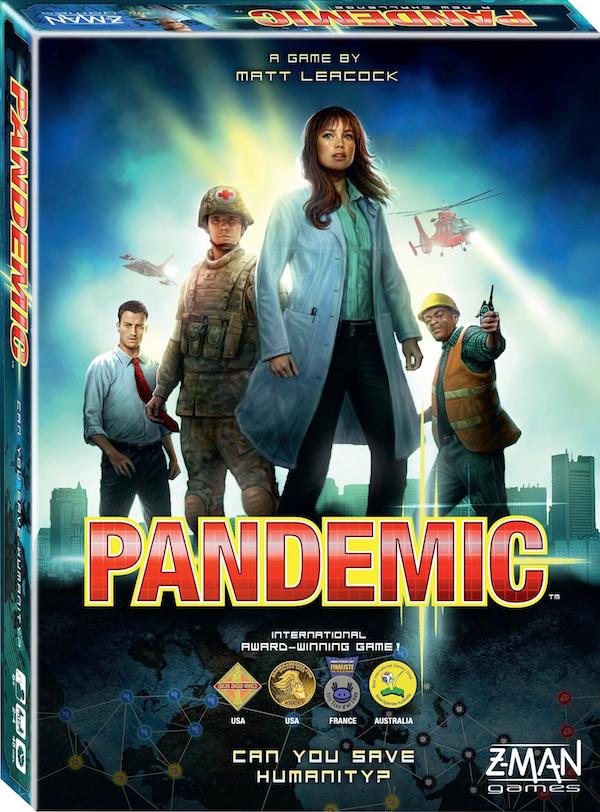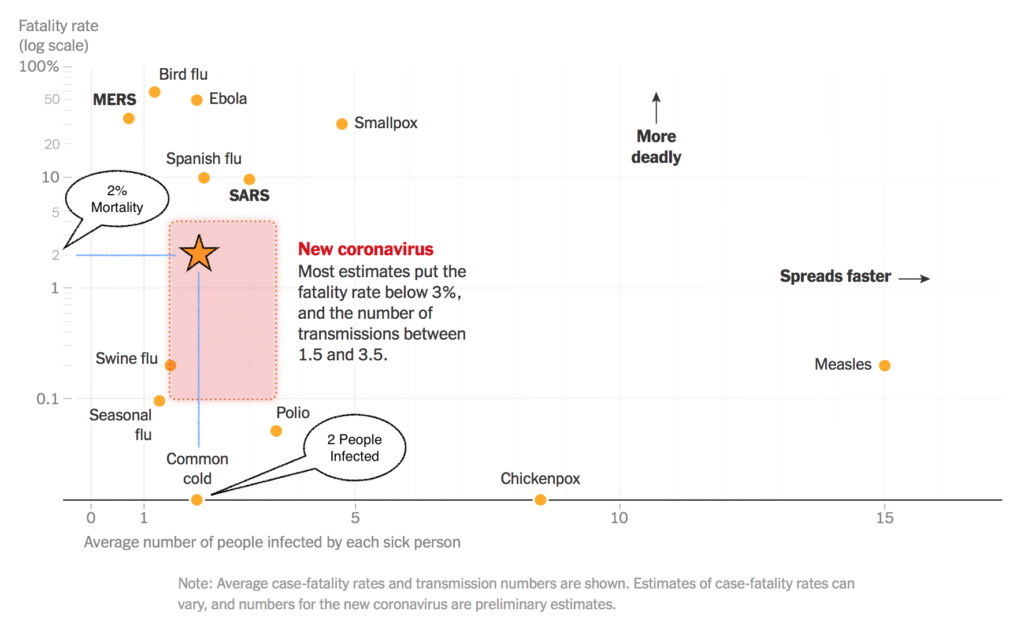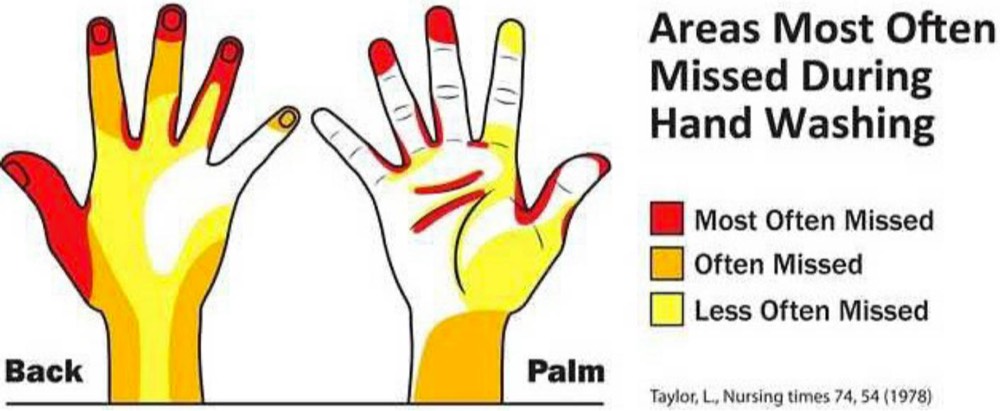I bought this award-winning board game about three years ago not guessing how relevant it would become. Now that many of us are sheltering in place from COVID19, what could be better than a science-based game where the goal is to cooperate in order to defeat life-threatening viruses!

The game is designed to mimic the behavior of contagious diseases which if left unchecked kill thousands of people (sound familiar?). There are several mechanisms to spread germs from one locale to another. Individual cities can become quickly overwhelmed (“outbreaks” in the game’s terminology). Outbreaks add to a “burden of disease” tracker on the side of the board. If you reach the final skull-and-crossbones–it’s game over!

The game unfolds quickly by drawing “infection” cards with names of cities onto which you place infection markers (small colored cubes). Several events can occur that will accelerate these infections to the point they become outbreaks (as outlined above).
Pushing back on this process is the actual game play. Each player has a special role (medic, researcher, etc.) with special abilities. Unlike most games the point is to maximize the benefit for everyone. This leads to discussion and cooperative problem-solving.
Pandemic is appropriate for older children, works best with four players, and takes less than an hour to complete.


